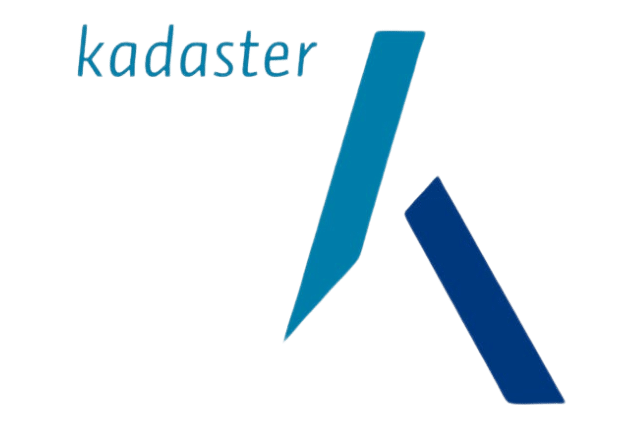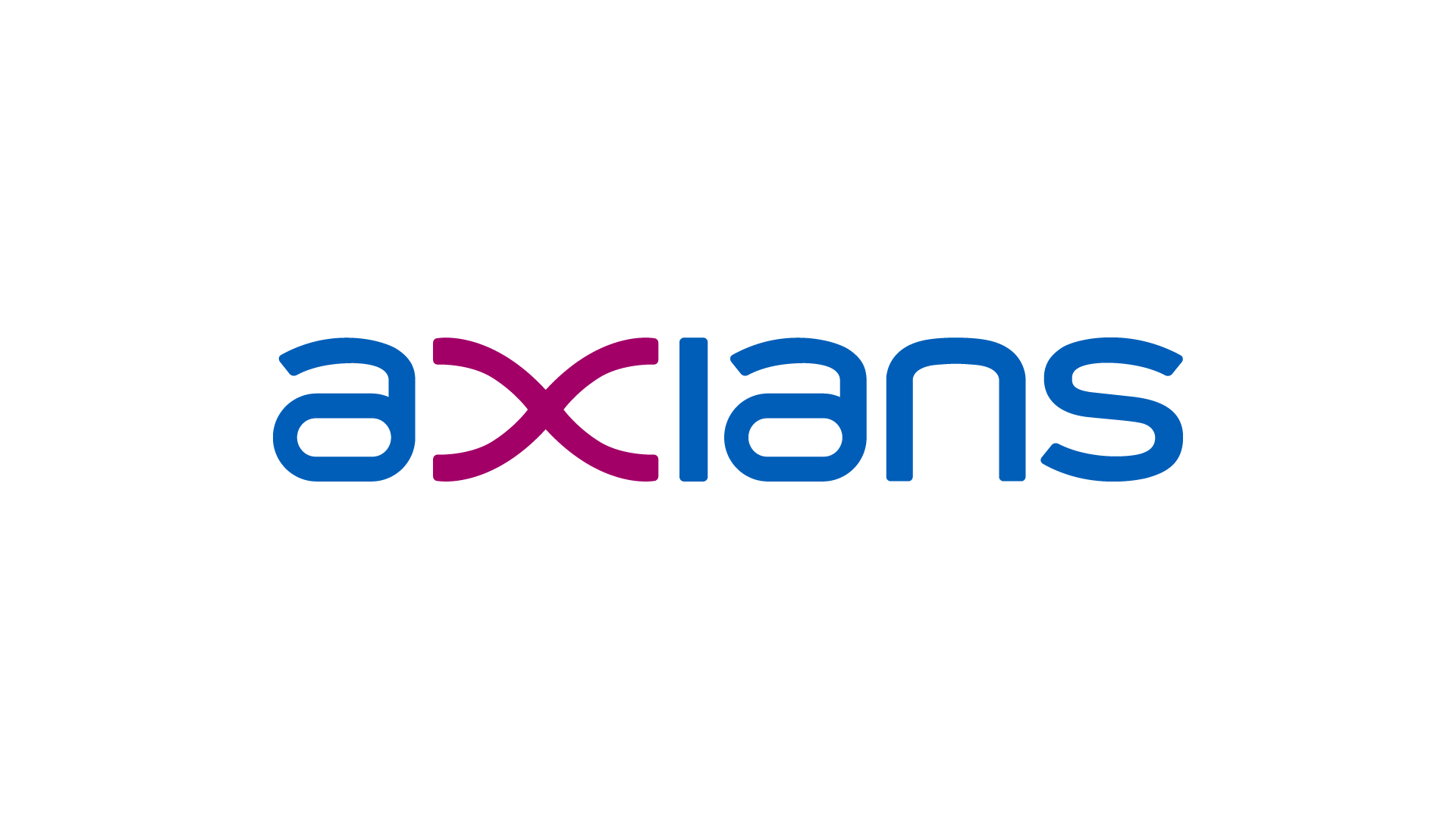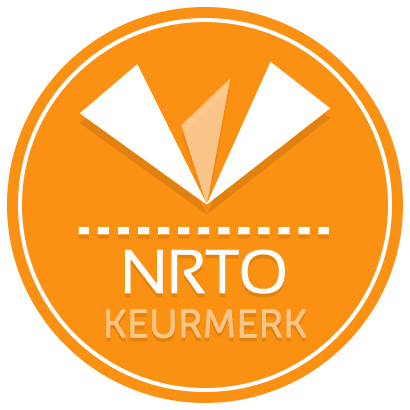Over de VMware vSphere: FastTrack [V8] (VSFT8)
This five-day, extended hour course takes you from introductory to advanced VMware vSphere® 8 management skills. Building on the installation and configuration content from our best-selling course, you will also develop advanced skills needed to manage and maintain a highly available and scalable virtual infrastructure.
Through a mix of lecture and hands-on labs, you will install, configure, and manage vSphere 8. You will explore the features that build a foundation for a truly scalable infrastructure and discuss when and where these features have the greatest effect. This course prepares you to administer a vSphere infrastructure for an organization of any size using vSphere 8, which includes VMware ESXi™ 8 and VMware vCenter Server® 8.
Product Alignment
- VMware ESXi 8.0.
- VMware vCenter 8.0.
Voor wie is de VSFT8?
System engineers and administrators involved in the deployment and administration of a vSphere environment.
Leerdoelen van de VSFT8
By the end of the course, you should be able to meet the following objectives:
- Install and configure ESXi hosts.
- Deploy and configure vCenter.
- Use the vSphere Client to create the vCenter inventory and assign roles to vCenter users.
- Configure vCenter High Availability.
- Create and configure virtual networks using vSphere standard switches and distributed switches.
- Create and configure datastores using storage technologies supported by vSphere.
- Use the vSphere Client to create virtual machines, templates, clones, and snapshots.
- Configure and manage a VMware Tools Repository.
- Create content libraries for managing templates and deploying virtual machines.
- Manage virtual machine resource use.
- Migrate virtual machines with vSphere vMotion and vSphere Storage vMotion.
- Create and configure a vSphere cluster that is enabled with vSphere High Availability and vSphere Distributed Resource Scheduler.
- Manage the life cycle of vSphere to keep vCenter, ESXi hosts, and virtual machines up to date.
- Configure and manage vSphere networking and storage for a large and sophisticated enterprise.
- Use host profiles to manage VMware ESXi host compliance.
- Monitor the vCenter, ESXi, and VMs performance in the vSphere client.
Recommended as preparation for the following exams:
- 2VO-21.23 - VMware vSphere 8.x Professional required for VMware Certified Professional - Data Center Virtualization 2023 certification.
Aanbevolen voorkennis VSFT8
This course has the following prerequisites:
- System administration experience on Microsoft Windows or Linux operating systems.
Onderwerpen van de VSFT8
- VSFT8 | 1 Course Introduction
- Introductions and course logistics.
- Course objectives.
- VSFT8 | 2 vSphere and Virtualization Overview
- Explain basic virtualization concepts.
- Describe how vSphere fits in the software-defined data center and the cloud infrastructure.
- Recognize the user interfaces for accessing vSphere.
- Explain how vSphere interacts with CPUs, memory, networks, storage, and GPUs.
- Install an ESXi host.
- VSFT8 | 3 vCenter Management
- Recognize ESXi hosts communication with vCenter.
- Deploy vCenter Server Appliance.
- Configure vCenter settings.
- Use the vSphere Client to add and manage license keys.
- Create and organize vCenter inventory objects.
- Recognize the rules for applying vCenter permissions.
- View vSphere tasks and events.
- Create a vCenter backup schedule.
- Recognize the importance of vCenter High Availability.
- Explain how vCenter High Availability works.
- VSFT8 | 4 Configure and Manage vSphere Networking
- Configure and view standard switch configurations.
- Configure and view distributed switch configurations.
- Recognize the difference between standard switches and distributed switches.
- Explain how to set networking policies on standard and distributed switches.
- VSFT8 | 5 Configure and Manage vSphere Storage
- Recognize vSphere storage technologies.
- Identify types of vSphere datastores.
- Describe Fibre Channel components and addressing.
- Describe iSCSI components and addressing.
- Configure iSCSI storage on ESXi.
- Create and manage VMFS datastores.
- Configure and manage NFS datastores.
- Discuss vSphere support for NVMe and iSER technologies.
- VSFT8 | 6 Deploying Virtual Machines
- Create and provision VMs.
- Explain the importance of VMware Tools.
- Identify the files that make up a VM.
- Recognize the components of a VM.
- Navigate the vSphere Client and examine VM settings and options.
- Modify VMs by dynamically increasing resources.
- Create VM templates and deploy VMs from them.
- Clone VMs.
- Create customization specifications for guest operating systems.
- Create local, published, and subscribed content libraries.
- Deploy VMs from content libraries.
- Manage multiple versions of VM templates in content libraries.
- VSFT8 | 7 Managing Virtual Machines
- Recognize the types of VM migrations that you can perform within a vCenter instance and across vCenter instances.
- Migrate VMs using vSphere vMotion.
- Describe the role of Enhanced vMotion Compatibility in migrations.
- Migrate VMs using vSphere Storage vMotion.
- Take a snapshot of a VM.
- Manage, consolidate, and delete snapshots.
- Describe CPU and memory concepts in relation to a virtualized environment.
- Describe how VMs compete for resources.
- Define CPU and memory shares, reservations, and limits.
- Recognize the role of a VMware Tools Repository.
- Configure a VMware Tools Repository.
- Recognize the backup and restore solution for VMs.
- VSFT8 | 8 vSphere Cluster Management
- Use Cluster Quickstart to enable vSphere cluster services and configure the cluster.
- View information about a vSphere cluster.
- Explain how vSphere DRS determines VM placement on hosts in the cluster.
- Recognize use cases for vSphere DRS settings.
- Monitor a vSphere DRS cluster.
- Describe how vSphere HA responds to different types of failures.
- Identify options for configuring network redundancy in a vSphere HA cluster.
- Recognize the use cases for various vSphere HA settings.
- Configure a cluster enabled for vSphere DRS and vSphere HA.
- Recognize when to use vSphere Fault Tolerance.
- Describe the function of the vCLS.
- Recognize operations that might disrupt the healthy functioning of vCLS VMs.
- VSFT8 | 9 Managing the vSphere Lifecycle
- Generate vCenter interoperability reports.
- Recognize features of vSphere Lifecycle Manager.
- Describe ESXi images and image depots.
- Enable vSphere Lifecycle Manager in a vSphere cluster.
- Validate ESXi host compliance against a cluster image and remediate ESXi hosts using vSphere Lifecycle Manager.
- Describe vSphere Lifecycle Manager automatic recommendations.
- Use vSphere Lifecycle Manager to upgrade VMware.
- Tools and VM hardware.
- VSFT8 | 10 Network Operations
- Configure and manage vSphere distributed switches.
- Describe how VMware vSphere Network I/O Control enhances performance.
- Define vSphere Distributed Services Engine.
- Describe the use cases and benefits of vSphere.
- Distributed Services Engine.
- VSFT8 | 11 Storage Operations
- Describe the architecture and requirements of vSAN configuration.
- Describe storage policy-based management.
- Recognize components in the vSphere Virtual Volumes architecture.
- Configure Storage I/O Control.
- VSFT8 | 12 ESXi Operations
- Use host profiles to manage ESXi configuration compliance.
- Recognize the benefits of using configuration profiles.
- VSFT8 | 13 vSphere Monitoring
- Monitor the key factors that can affect a virtual machine's performance.
- Describe the factors that influence vCenter performance.
- Use vCenter tools to monitor resource use.
- Create custom alarms in vCenter.
- Describe the benefits and capabilities of VMware Skyline.
- Recognize uses for Skyline Advisor Pro.

















